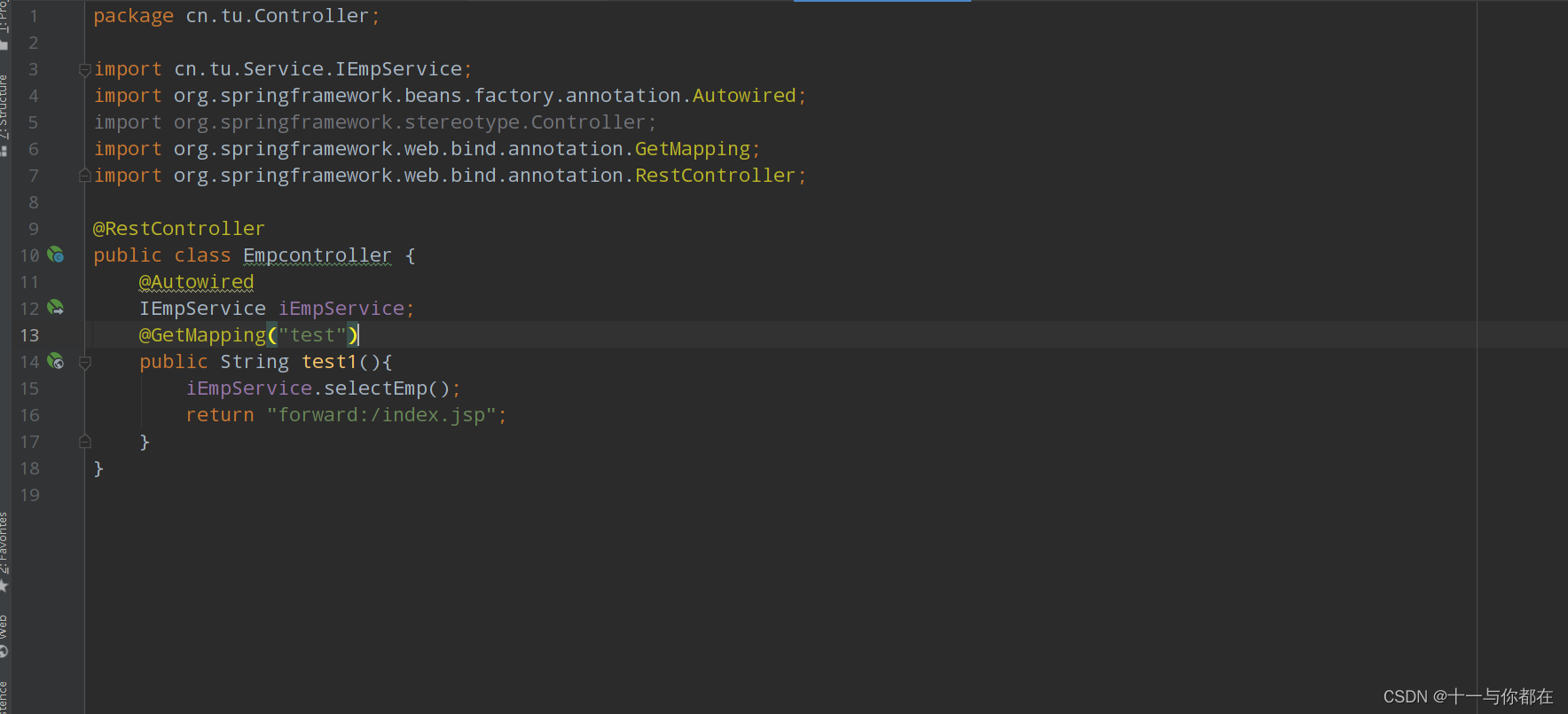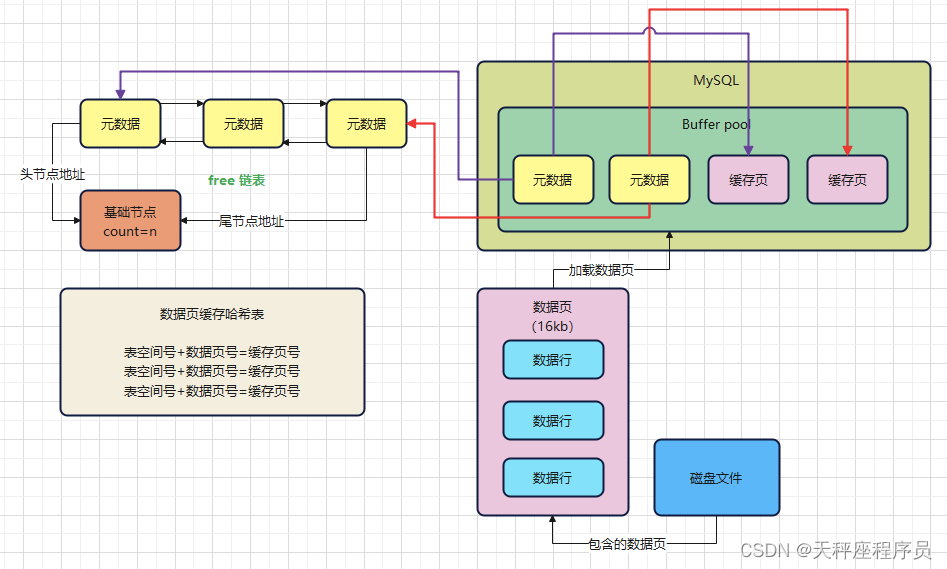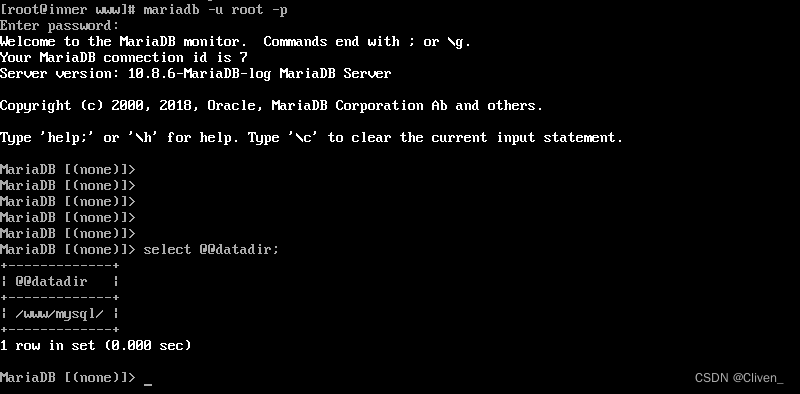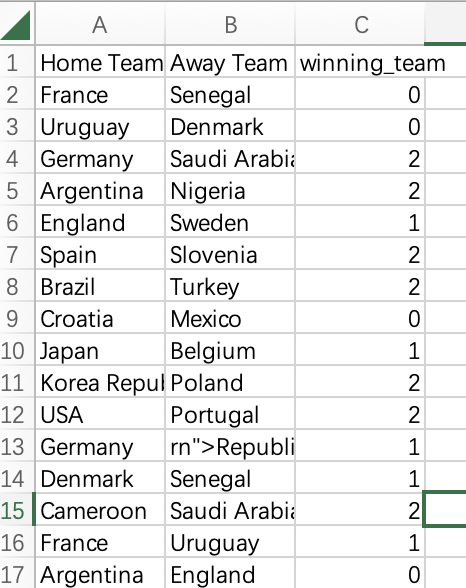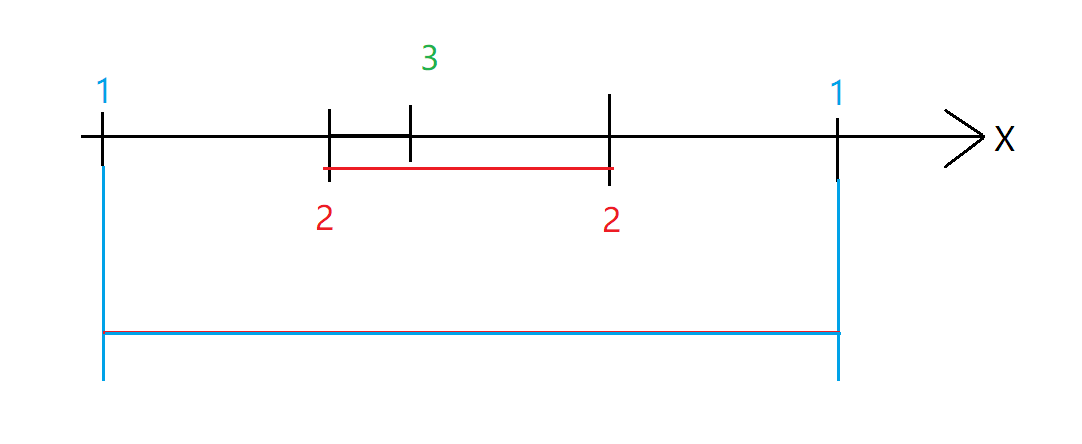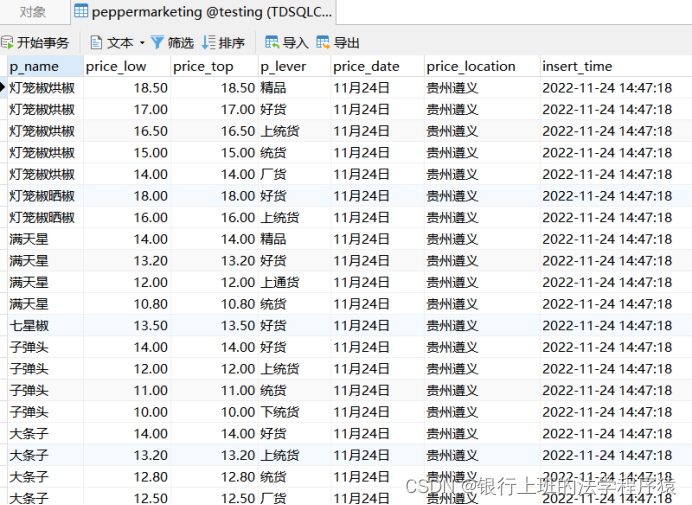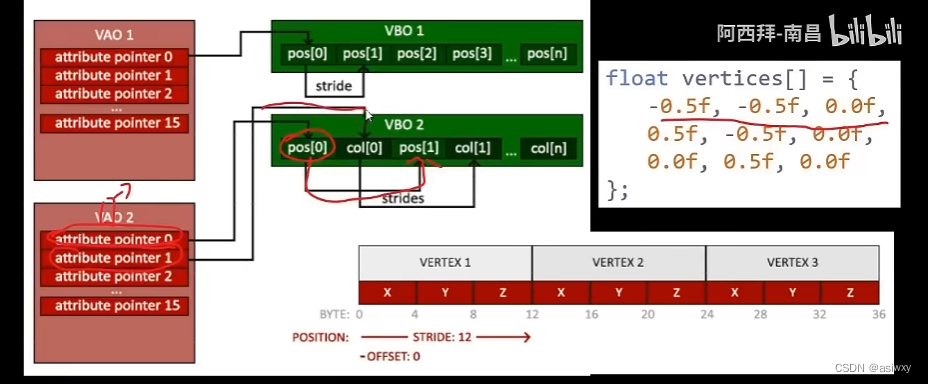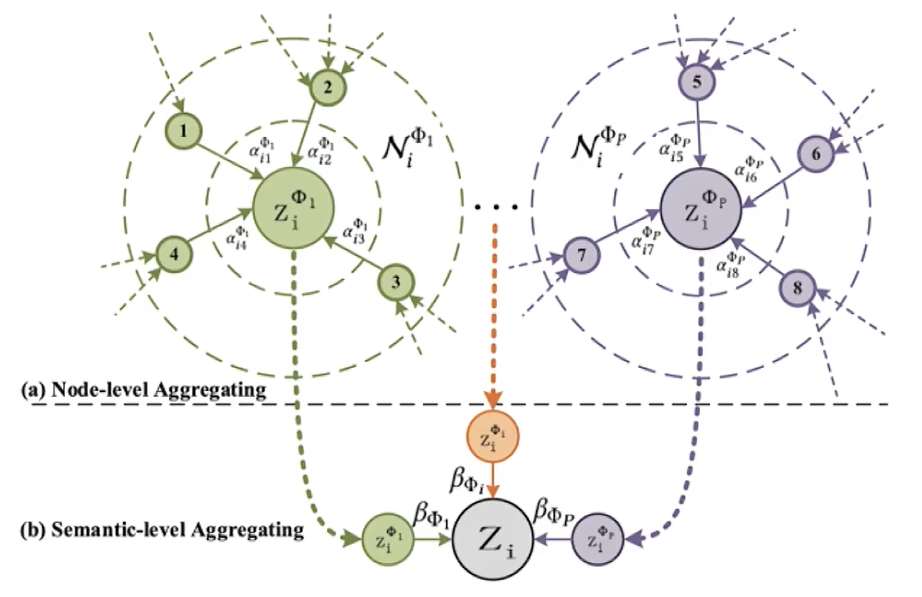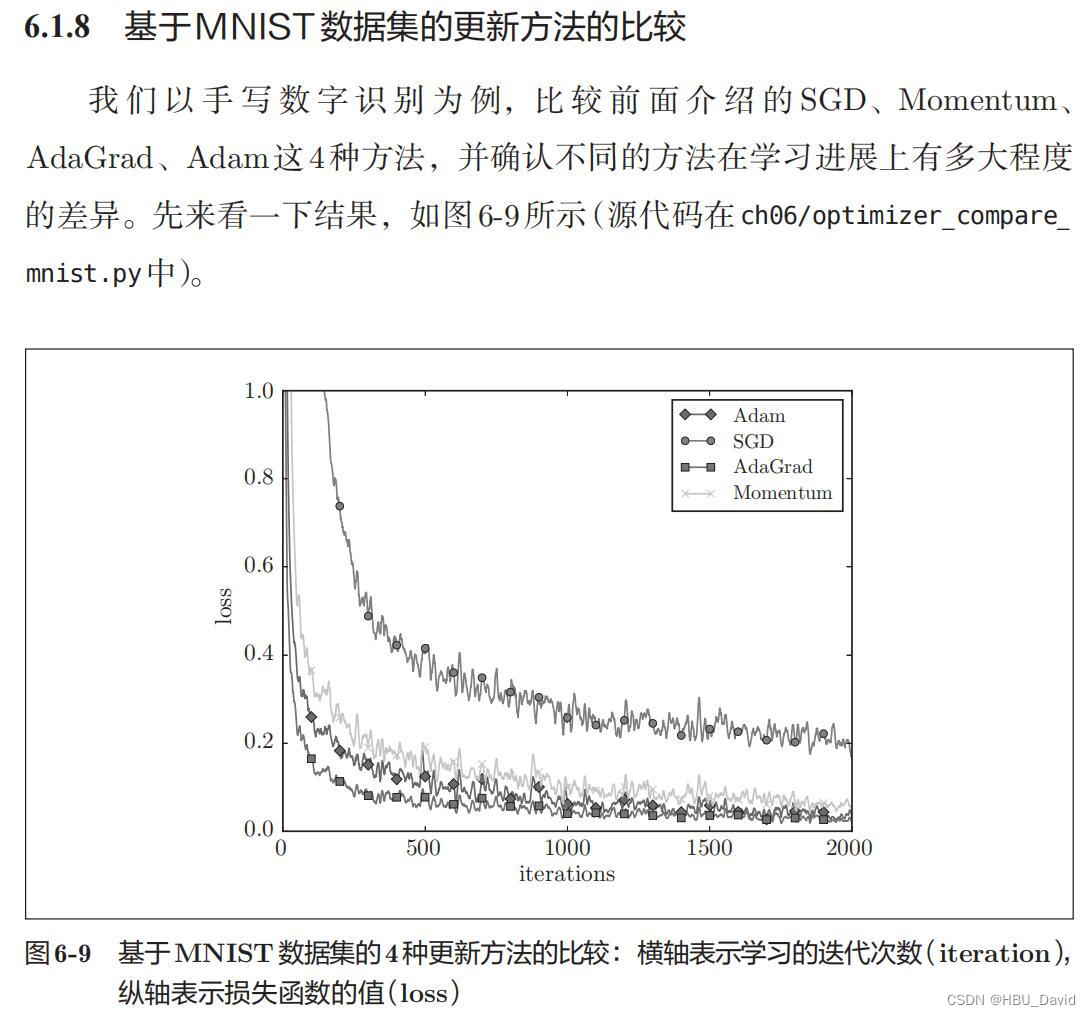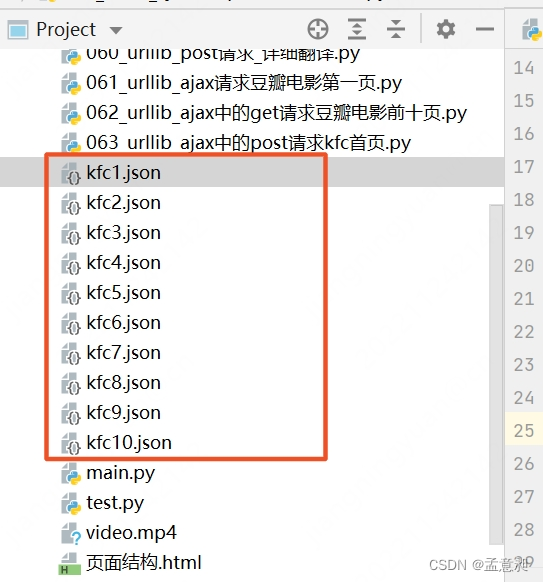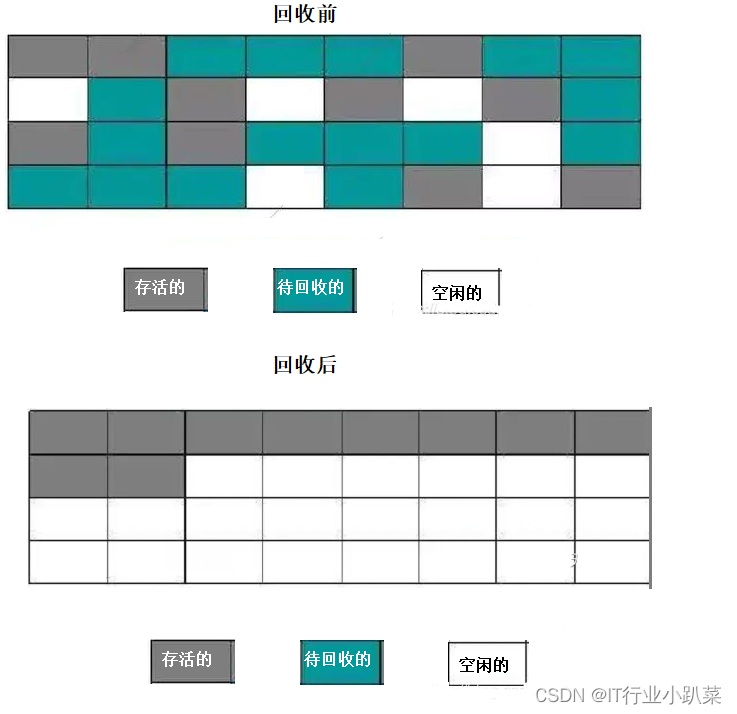Gang Scheduling Performance Benefits for Fine-Grain Synchronization
题目
- 什么是 gang secheduling ? 组调度,要么一组全部执行,要么都不执行
- 什么是 fine-grain 同步 ?细粒度同步 CSDN 博客
摘要
- gang scheduling, where a set of threads are scheduled to execute simultaneously on a set of processors. gang scheduling 一组线程同时在一组处理器上执行的调度
- It allows the threads to interact efficiently by using busy waiting, without the risk of waiting for a thread that currently is not running 使用忙等来高效地互动。
- 否则使用 block 来达到同步地目的会造成上下文切换,造成很大的开销。
- have developed a model to evaluate the performance of different combi
nations of synchronization mechanisms and scheduling policies 建立模型来评估同步机制和调度策略的组合 - gang schedule 在细粒度同步地要求下更高效
INTRODUCTION
- 随着“虚拟处理器”,多程序多处理器的发展, 程序执行过程中不可见,只能由系统软件管理 mapping 和 scheduling
- 并行应用的线程互动,体现在线程的同步上。
- explicit synchronization 显示同步 barrier 同步 互斥同步
- implicit synchronization 隐式同步,数据存在生产者和消费者关系等。
- In the case of fine-grain interactions it is shown that it is best for the threads to execute simultaneously on distinct processors,and to coordinate their activities with busy waiting.
在细粒度的互动中,线程最好在不同的处理器上同时执行,通过忙等来进行协调 - 在粗粒度的同步中,如果执行时间的方差很大,最好是通过阻塞的方式进行同步。这样就可以将处理器让出来,将给其他线程执行。
Related work
这篇文章是第一个分析 gang scheduling 的性能,以及同步和调度之间相互作用的。
-
This allows us to identify the situations in which gang scheduling
should be used, namely when the application is based on fine-grain synchronization. 这也使我们能去确定,使用gang scheduling 的情况。 -
It is also the first to report
experiments based on a real implementation of gang scheduling on a multiprocessor. 他也是第一个真正基于多处理器上的组调度的实际实现的实验。 -
Gang scheduling may cause an effect reminiscent of fragmentation, if the gang sizes do not fit the number of available processors. 如果组的大小和处理器数量不匹配,gang scheduling 将会产生 碎片效果
-
In this paper we
show that for fine-grain computations gang scheduling
can more than double the processing capability. 在细粒度计算中,gang scheduling 可以将处理器的能力提高一倍以上。 -
gang scheduling 指的就是将一组线程采用一对一的映射同时调度到一组处理器上。
2 Synchronization And Scheduling
-
busy waiting :忙等的性能非常依赖于系统的调度策略
-
blocking
-
Two-phase :两阶段阻塞,第一阶段使用一段时间的忙等,然后使用阻塞。当和gang scheduling在细粒度的情况下使用,基本上只用到了第一阶段的 忙等。使用其他调度,基本上是blocking,并且还比blocking的开销更大。
-
gang scheduling: 所用互动的线程同时运行,但是一组的线程数存在限制。
-
uncoordinated scheduling:各个处理器上的线程单独调度。
gang scheduling 和 blocking 结合是没有意义的,因为blocking的线程就算切换上下文,让出了处理器,处理器还是不能切换给别的gang的线程。
所以有三种组合:
- busy waitng with gang scheduling
- busy waiting with uncoordinated scheduling
- blocking with uncoordinated scheduling
2.1 Model and Assumptions
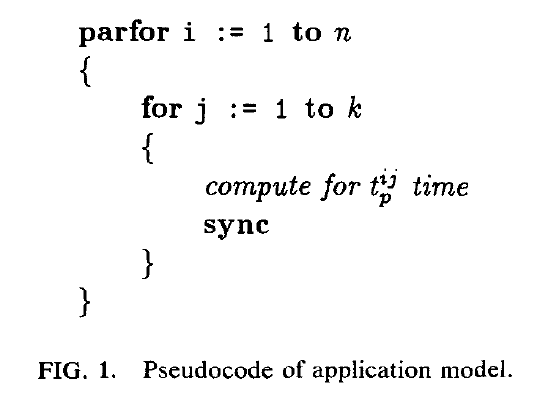
- 线程执行迭代计算
- 每个迭代中执行 $t_p^{ij} $ 时间的计算,然后执行同步操作
- 在执行同步的时候,他也会xiao’hao’yi,由于每个线程都需要执行,直接将这一部分的开销计入 $t_p^{ij} $
- 每个线程,在执行一次迭代的时候,会有一个处理时间,和一个等待时间
平均等待时间
t
p
=
1
n
k
∑
i
=
1
n
∑
j
=
1
k
t
p
i
j
t_p = \frac{1}{nk}\sum_{i=1}^n\sum_{j=1}^k t_p^{ij}
tp=nk1i=1∑nj=1∑ktpij
t p m a x j = m a x 1 ≤ i ≤ n t p i j t_p^{max j} = max_{1\leq i\leq n} t_p^{ij} tpmaxj=max1≤i≤ntpij
迭代 j 的线程 i 的等待时间为
t w i j = t p m a x , j − t p i j t_w^{ij} = t_p^{max,j} - t_p^{ij} twij=tpmax,j−tpij
平均等待时间
t
w
=
1
n
k
∑
i
=
1
n
∑
j
=
1
k
t
w
i
j
t_w = \frac{1}{nk}\sum_{i=1}^n \sum_{j=1}^k t_w^{ij}
tw=nk1i=1∑nj=1∑ktwij
note: t p + t w = ( 1 k ) ∑ j = 1 k t p m a x j t_p + t_w = (\frac{1}{k})\sum_{j=1}^k t_p^{max j} tp+tw=(k1)∑j=1ktpmaxj
由于同步的开销可能和处理器的数量相关,因此 t p t_p tp 的值还需要调整。
System Characterization
在多道程序多处理器的情况下,每个处理都映射了多个线程。并且,采用时分策略,为所有的线程提供相同的服务时间。
Assumptiong:
- the number of threads on each processor is denoted by l
- 我们只关注 a single gang of n threads ,mapped to n different processors,剩余的 n(l-1)个线程运行好坏不是我们关心的
对于blocking 策略,性能好坏,和其他gang 的线程行为有很大关系。因为blocking 策略有利他性:
- 所有的线程的行为都相同,都执行迭代操作
- 剩余的 l-1 组线程是独立调度的,纯计算的线程
调度时间片记为
τ
q
\tau_q
τq
上下文切换的开销记为
τ
c
s
\tau_cs
τcs
blocking 的开销记为
α
\alpha
α 倍的上下文开销, KaTeX parse error: Undefined control sequence: \aplpha at position 1: \̲a̲p̲l̲p̲h̲a̲ 一定是大于1的
在粗粒度的情况下:
t
p
t_p
tp 相对于
τ
q
\tau_q
τq可能会大的多,在执行同步步骤之前可能会执行许多个时间片
在细粒度的条件下:
t
p
t_p
tp 相对于
τ
q
\tau_q
τq可能小的多,假设
τ
q
\tau_q
τq的可能会执行
1
0
4
−
1
0
5
10^4 - 10^5
104−105 个指令,每10-100个个指令执行一次交互。
k
(
t
p
+
t
w
)
≫
τ
q
k(t_p + t_w) \gg \tau_q
k(tp+tw)≫τq
在细粒度情况下,k 要足够大
2.2 Performance Dervition
Busy Waiting with Gang Scheduling
执行k次迭代的时间为:
T
=
(
k
(
t
p
+
t
w
)
+
k
(
t
p
+
t
w
)
τ
q
τ
c
s
)
T = (k(t_p + t_w) + \frac{k(t_p+t_w)}{\tau_q}\tau_{cs})
T=(k(tp+tw)+τqk(tp+tw)τcs)
乘 l 是因为,要考虑到每个processor 映射了 l个线程,并且采用了时分策略,需要为其他线程提供相同时长的服务。
平均每次迭代所需要的时间为:
t
=
(
1
+
f
r
a
c
τ
c
s
τ
q
)
(
t
q
+
t
w
)
l
t = (1 + frac{\tau_{cs}}{\tau_q})(t_q + t_w)l
t=(1+fracτcsτq)(tq+tw)l
因为 t p + t w = ( 1 k ) ∑ j = 1 k t p m a x j t_p + t_w = (\frac{1}{k})\sum_{j=1}^k t_p^{max j} tp+tw=(k1)∑j=1ktpmaxj ,所以执行速率取决于执行最慢的线程。
Busy Waiting with Uncoordinated Scheduling
使用忙等和非协调调度的行为表现和粒度是相关的。
粗粒度的情况下:
在粗粒度的情况下,Busy Waiting with Uncoordinated Scheduling与 gang scheduling 的行为几乎一样。
由于同一组的线程不必同时执行,会导致
t
p
+
t
w
t_p + t_w
tp+tw 远远大于
τ
q
\tau_q
τq ,每次迭代都会需要若干个调度。
计算 t 和之前的情况是一样的:
t
=
(
1
+
f
r
a
c
τ
c
s
τ
q
)
(
t
q
+
t
w
)
l
t = (1 + frac{\tau_{cs}}{\tau_q})(t_q + t_w)l
t=(1+fracτcsτq)(tq+tw)l
Question:
也是要等到所有线程同时调度时,才能完成同步操作的吧? 所以 t w t_w tw 的计算方式和之前不同?
在细粒度的情况下:
首先明确,在不加干预的情况下,也有一定概率,使得 n 个线程同时调度。当这种情况发生的时候,会完成很多轮的迭代。
当循环周期为 Λ \Lambda Λ时, n 段 长度为 λ \lambda λ 的重叠为 λ n Λ n − 1 \frac{\lambda^n}{\Lambda^{n-1}} Λn−1λn
在细粒度的情况下 :
- λ τ q \lambda \tau_q λτq
- Λ = l ( τ q + τ c s ) \Lambda = l(\tau_q + \tau_{cs}) Λ=l(τq+τcs) 是一个调度周期
- 每个调度周期线程重叠时间为 τ q n l n − 1 ( τ q + τ c s ) n − 1 \frac{\tau_q^n}{l^{n-1}(\tau_q + \tau_{cs})^{n-1}} ln−1(τq+τcs)n−1τqn
- 每个调度周期完成的迭代数为: τ q n l n − 1 ( τ q + τ c s ) n − 1 ( t q + t w ) \frac{\tau_q^n}{l^{n-1}(\tau_q + \tau_{cs})^{n-1}(t_q + t_w)} ln−1(τq+τcs)n−1(tq+tw)τqn
执行 k 次迭代所需要的调度轮数 $m =\frac{kl^{n-1}(\tau_q + \tau_{cs})^{n-1}(t_q + t_w)}{\tau_q^n} $
总的执行时间为:

平均每一次迭代的时间为:

如果假设 τ q ≫ τ c s \tau_q \gg \tau_{cs} τq≫τcs,那么使用 uncoordinated 调度比 gang 调度慢 l n − 1 l^{n-1} ln−1倍
事实上,应满足每个调度周期至少完成一轮迭代。
t
=
m
i
n
(
E
q
.
(
8
)
,
(
τ
q
+
τ
c
s
)
l
)
t = min(Eq.(8), (\tau_q + \tau_{cs})l)
t=min(Eq.(8),(τq+τcs)l)
Question: 为什么每个调度周期至少完成一轮迭代?他说这是个假设?没解释
